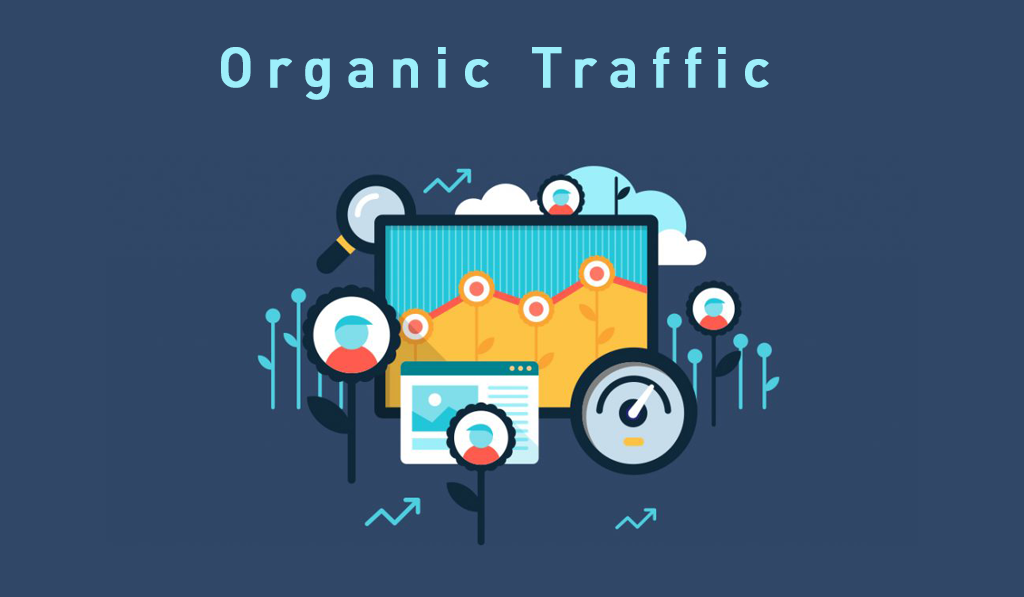 Glossary
Glossary
Organic traffic characteristics
What is organic traffic?
Organic traffic is visitors that arrive on your website through search engines. Basically, the visits that you get when you appear in the top search results amongst all the other alternative sites. You manage to get them to choose you without investing in adverts or publicity to persuade consumers. They’ve come ‘of their own account’ to visit you.

Getting organic traffic is a good sign that there is quality content on your web page and that it’s doing its job. Consumers consider it to be interesting enough and useful to spend some time on your web page and not on others with all the other content they can find online.
Of course, saving a few pennies is good and will benefit the profitability of your company.However, there’s no such thing as a free lunch.
And if there’s something that you should invest in, it’s in defining and implementing some SEO strategies to attract organic traffic. Essentially, they can help you position your web page amongst the top results in search engines when you type in keywords or topics that are on your website.
Think of yourself as a visitor to your website. Normally when you do a web search, you click on the options on the first three pages with search results, sometimes you won’t even leave the first page. The first few options are normally enough for you to find what you want and stop searching.
Due to this, to increase your organic traffic, it’s key that you work on SEO on your website. The further you are from the top results, the more difficult it will be for visitors to reach your content naturally. Furthermore, it’s important that your content is quality content. It’s not worth it if your visitors only spend a minute or two on your website because they didn’t find the useful information, or the information was too confusing.
Some SEO techniques to help you increase organic traffic on you website:
- Look at your keywords frequently (weekly, monthly, according to your goals). You get to know the competition, the volume, the visibility, and the semantic fields of the keywords you use.
- Optimise the two HTML tags that appear in the search results (title and meta description). This is the only information the visitor will get about your webpage. For that reason, you must convince them that you have what they’re looking for.
- Make use of link building, especially internal. Place internal links that take visitors to different pages on your website. Search engines understand that a website is useful for consumers when they spend more time on it.
- Use images, of course, linked to the content and make the most of them, along with the help of titles, meta descriptions, and keywords.
- Assess constantly. Make sure your content is up to date and not duplicated. Also, check that your website has a responsive design, meaning that it adapts to any device (mobile or PC). Moreover, it’s important to make sure that there is no error when opening up your site or when going to another page.
Lastly… How do I know which is best for me?
Undoubtedly, for your website to work for your brand, company, or business, you need to consider both organic and paid traffic strategies. However, it is understandable that for economic and time reasons, it is necessary to choose only one.
In this case, the best thing to do is to understand, compare and understand each option, aiming to make an informed decision based on your brand goals.
We’ll help you compare the characteristics of both options:
| Organic Traffic | Paid Traffic |
|---|---|
| The number of keywords you can place is smaller. | The number of keywords you can include in your ad is bigger. |
| Results can be seen in the medium to long-term. | Results can be seen the minute you create the campaign. |
| Once the goal is achieved, results are more permanent and require less effort and money. | Results disappear after you stop paying. |
| You pay with time. | You pay only when a visitor goes on your website. |


